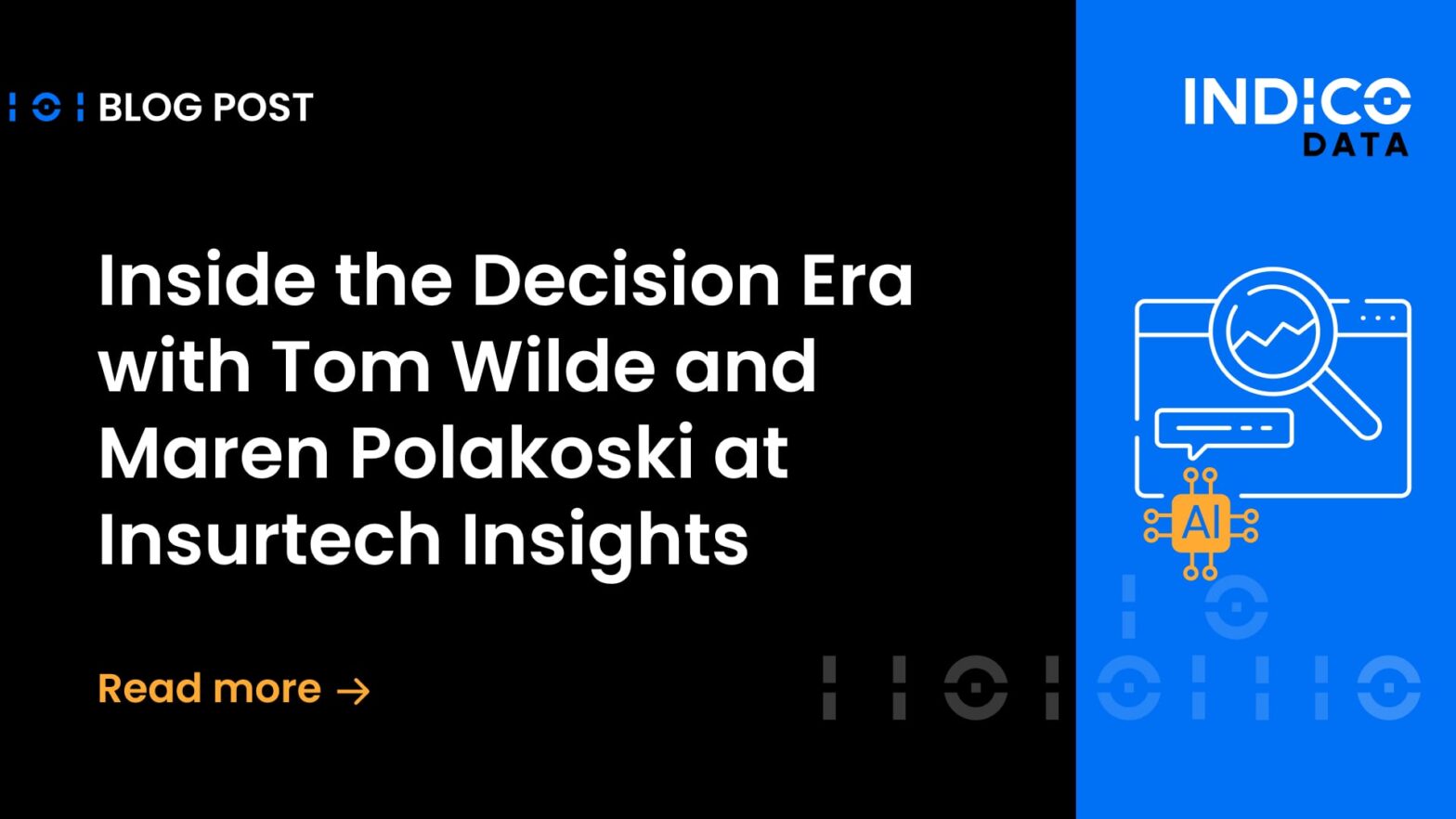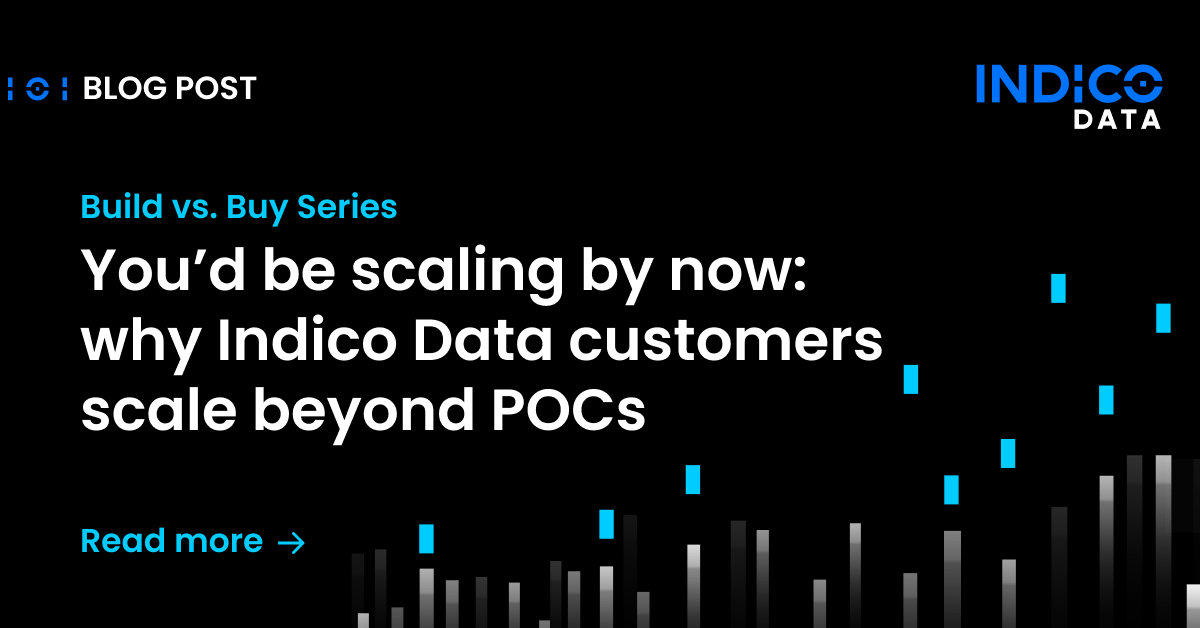It’s no secret that many artificial intelligence projects fail to deliver expected results – 85% of them, according to one oft-quoted statistic. And a quick Google search will turn up no shortage of reasons why, including one recurring theme: lack of AI expertise.
That’s why one of the key benefits of intelligent document processing is so important: it requires zero AI expertise.
You read that right. With a sound IDP platform, the AI components are under the covers. To be sure, AI technologies including natural language processing, machine learning and transfer learning play an important role. But the people who actually build the AI models to automate document-intensive processes need not have any understanding of those technologies. What’s more, those building models are the very same employees who are responsible for the processes you’re seeking to automate.
How “see and key” leads to process automation
In an insurance company, model builders may be the analysts responsible for examining claims documents, who extract data from each one and input it into a downstream claims processing system. Similar jobs exist in numerous other verticals, including folks who help intake documents for mortgage processing, or onboard clients in financial services firms. Many firms also have centralized teams responsible for processing invoices, purchase orders, contracts and more.
In each case, these jobs typically entail subject matter experts (SMEs) sitting at computers with two monitors in front of them. One displays a document that’s part of the process in question: insurance claims, mortgage applications or what-have-you. The other displays a downstream system for collecting data on the process. The SME’s job is to read each document, find relevant data, then cut and paste the data into the downstream system, a process also known as “see and key.”
An important point here is that the vast majority of that incoming material consists of unstructured documents – PDFs, Word documents, free-form emails, perhaps photographs. Unstructured content, of course, is beyond the reach of more rudimentary automation platforms such as robotic process automation, which are successful only with highly structured documents and data. Instead, the process requires the intelligence inherent in those SMEs to be able to read the document and find the important parts.
Related Article: 5 AI Elements that are Essential for Intelligent Document Processing
How process SMEs create automation models
But that intelligence is exactly what intelligent document processing can mimic, with impressive accuracy. And that has a lot to do with the fact that SMEs create automation models in much the same way as they perform their day-to-day jobs.
With the Indico Unstructured Data Platform, process SMEs create models by examining each document and labeling the data that’s relevant to the task at hand. It’s really the same as the “see” part of the “see and key” process. The SME sees a piece of data that should be extracted and uses the intuitive user interface of the Indico Data platform to apply an appropriate label, such as a name, time period, amount, or other (customizable) metric. Even qualitative descriptions are fair game, such as “the car crash occurred because the driver ahead unexpectedly stopped short.”
Going through this process for a good sample size of documents – around 200 or so – is enough to build effective AI models. The more documents you label, the higher degree of accuracy you’re likely to get. There’s also a built-in tool that will tell you the degree of confidence the platform has that the model is performing accurately.
Benefits of involving non-developer business professionals to build automation models
Giving the employees who perform a process day-to-day the opportunity to build the models which automate the process is crucial for several reasons.
First, it means companies don’t need AI experts to build models for them, which is important because “lack of good talent” is one of the top five reasons AI projects fail, according to Data Science Central. “Of course, data is the crucial ingredient, but humans are the ones who use it to develop AI,” the publication says. “And currently, there is a shortage of talented professionals who can build effective AI systems.”
Even if you had enough AI expertise in-house, having data scientists create document process automation models would be cumbersome. A process SME would have to explain how the process works, then the data scientist would try to create a model to automate the process. It’s likely at least some aspects would be lost in translation, triggering a series of back-and-forth revisions before arriving at something workable.
Finally, using non-developer business professionals who can create their own models gives tremendous scalability to your automation efforts, with the ability to roll out intelligent automation projects far faster than if each one had to involve data scientists and/or IT. What’s more, the SMEs will immediately see the value in the models, which will help promote company-wide adoption.
Unlike other AI efforts, intelligent document processing projects don’t have to be complicated. To learn more about how Indico Data simplifies the process of automating document-intensive processes, check out our interactive demo. To dive in deeper, schedule a live demo or register for a free trial to test with your actual documents and see for yourself the benefits intelligent automation can bring.


